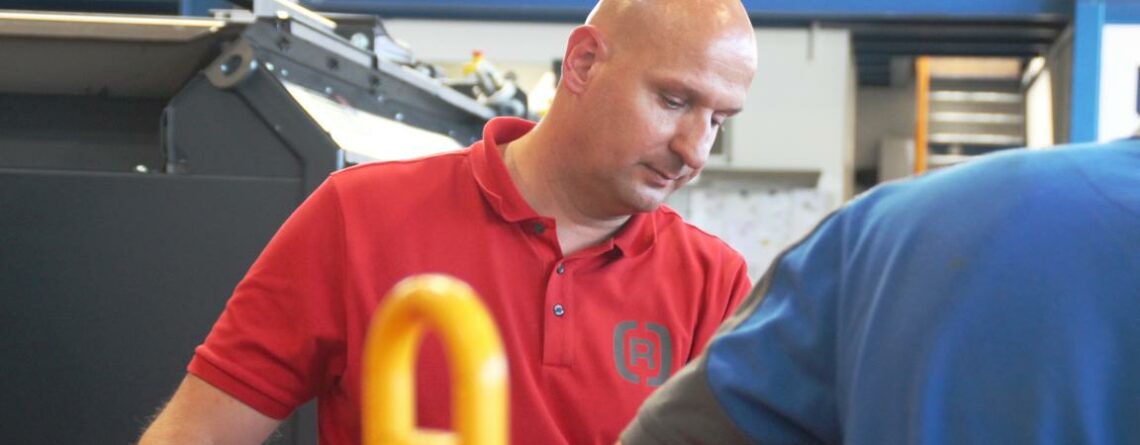Episode 14: Misjudgements in Load Securement
Beim Transport von Gütern sind viele beteiligt, um ein gemeinsames Ergebnis zu erzielen. Das gemeinsame Ergebnis ist das sichere Verbringen der Güter vom Erzeuger zum Verbraucher. Dazwischen gibt es mehrere Transportphasen, in denen die Güter den so genannten TUL-Belastungen unterliegen. TUL steht für Transport-Umschlag-Lagerung. In jeder Phase müssen die Güter/Ladung so gesichert werden, dass die...
Episode 9: Accelerations
Beschleunigungen sind ein physikalisches Phänomen, das uns ständig umgibt. Wir nehmen es oft nicht wahr und falls doch, tut es weh, z.B. wenn man sich mit dem Hammer auf den Daumen klopft. Mit diesem LaSi-Blog möchte ich einen Bogen schlagen von alltäglichen Situationen zu speziellen Anforderungen beim Transport mit Seecontainern oder dem LKW.
About the author:
In...Episode 8: Form fit in the container
Die Ladungssicherung im Container ist eigentlich kein Problem, aber die Kontrollpraxis und die Schadensquote zeigt, dass doch viele Verlader/Stauer mit dem „Gewusste wie!“ ihre Schwierigkeiten haben. In dieser Folge will ich die Grundsätze für das formschlüssige Stauen/Packen und die Möglichkeiten der Umsetzung erläutern. An vielen Stellen wurde der Unterschied zwischen Kraftschluss und Formschluss bereits...
Episode 7: The incoming inspection of the container
Ein erheblicher Teil aller weltweiten Stückgut-Transporte wird mit dem Container abgewickelt. Dabei sind Millionen solcher Blechkisten unterwegs auf dem Meer, der Schiene und der Straße. Überall unterliegen sie besonderen Transportbelastungen und beim Beladen haben manchmal Verlader auch keine Hemmungen, wenig materialschonend damit umzugehen. Obwohl es für den Container global geltende Regeln für die Prüfung und...
Episode 3: Technical features of the container
The container is often considered as a transport box with which you can do anything. Loads are stowed in the container for which it is not built at all. Therefore, it seems necessary to describe the characteristics of the container in addition to the technical standards and regulations.
Dimensions of a container
Da der Container in der heutigen Form in...Episode 2: CSC badge and ACEP - explanation of abbreviations and inspection criteria
CSC
Die „Convention for Safe Containers“ wurde 1972 von der IMO (International Maritime Organization) beschlossen und 1976 mit der Veröffentlichung im Bundesgesetzblatt in deutsches Recht übernommen. Dabei handelt es sich um ein Regelwerk, das sicherstellen soll, dass alle Container-Hersteller und –Eigner die Transportmittel weltweit nach einheitlichen Kriterien herstellen, testen und reparieren. Dabei wird das Regelwerk...Episode 1: Container Identification - What does a container door have to say?
Da der Container eines der häufigsten Transportmittel ist, sieht man auch viele auf der Straße, meistens von hinten. Auf den heckseitigen Türen finden sich eine Menge Informationen, die für den, der Container zu beladen hat, von großer Wichtigkeit sind. Daher möchte ich in dieser Folge die Kennzeichnung und deren Bedeutung erläutern.


